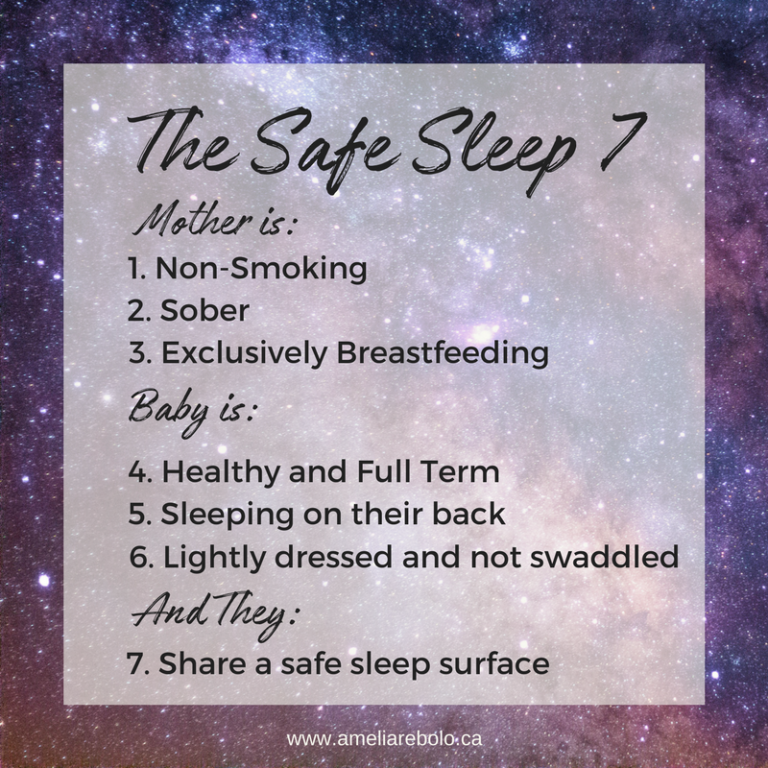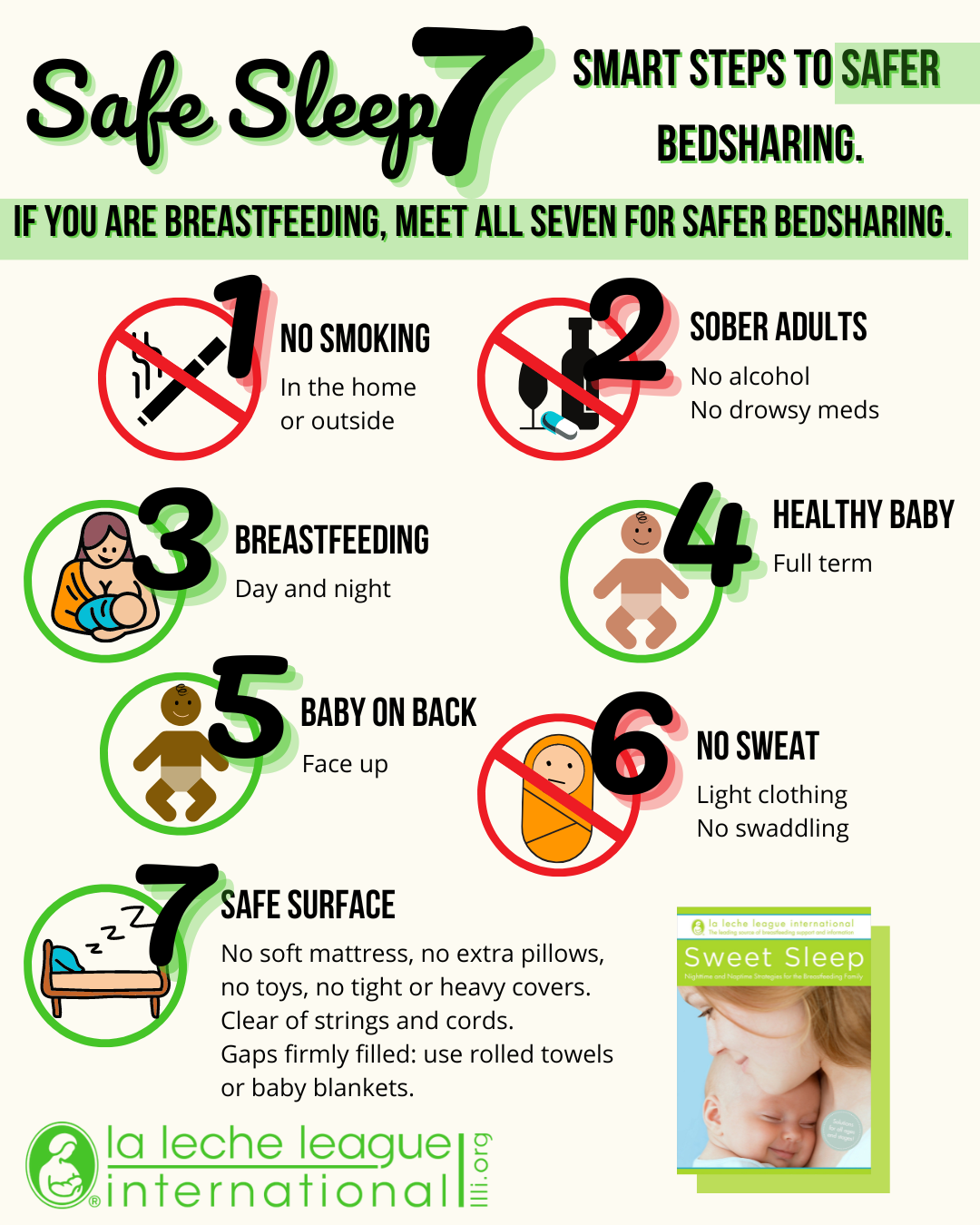

New, high quality evidence now shows that co-sleeping dramatically increases the risk of SIDS among breastfed infants under 3-4 months of age ( Bed sharing when parents do not smoke: is there a risk of SIDS? An individual level analysis of five major case–control studies), and the La Leche League is in denial. Pediatricians routinely recommended placing infants to sleep on their stomach to reduce the risk of aspiration, but when high quality data showed that the prone position increased the risk of Sudden Infant Death Syndrome (SIDS), they changed their recommendations to placing infants on their backs and the SIDS rate dropped precipitously. Obstetricians were convinced that episiotomies prevented more serious tears, but when high quality evidence showed that to be wrong, the rate of episiotomy plummeted.
#SAFE CO SLEEPING 7 FREE#
Available 24/7, services are free and confidential. Call Quit With Us, Louisiana! at 1-800-QUIT-NOW (1-80) for help for yourself or a loved one.

Do not smoke where the baby naps/sleeps.
#SAFE CO SLEEPING 7 WINDOWS#
Open the windows after you or someone has smoked.If you can’t prevent smoking in the home: Wash your hands after smoking and before holding the baby.Change out of smoky clothes before you hold the baby.There are steps EVERYONE can take to lower a baby’s exposure to tobacco/cigarette smoke. If you smoke: Soft surfaces include: couches, pillows, blankets and soft mattresses, including memory foam and pillow top. Soft surfaces can also increase the chance that a baby will breathe in his/her own exhaled breath (carbon dioxide). This can lead to suffocation if baby is placed on or rolls onto his/her stomach or side. A soft surface may mold to the shape of a baby’s head and body.A firm surface maintains its shape and will not mold to the shape of a baby’s head and body.Be sure your baby can’t slip and fall between a mattress and headboard OR between a mattress and the wall OR between your bed and other furniture.Dress baby in a onesie or wearable blanket to maintain baby’s temperature.For nights when your baby sleeps with you, try to keep your bed as bare as possible.

Keep pillows, blankets or anything on the bed that could accidentally cover your baby’s face away from your baby – these items can cause suffocation.Sleep in the C-position (Cuddle Curl): Caregiver bends their knees and tucks arm under their head/pillow, forming the letter “C” around the baby.Avoid all alcohol, drugs or medications that affect your mind or sleep patterns (alcohol, drugs or certain medications may make you sleep more heavily).If you choose to bed-share, follow the steps below to keep your baby as safe as possible. They also recommend babies sleep alone in a crib, bassinette or Pack N’ Play without pillows and toys, and close to their parents and caregivers.Įven though there are some risks, some caregivers decide to sleep in the same bed (bed-share) with their baby. The American Academy of Pediatrics (AAP) recommends that babies sleep on their backs (not their sides or stomach) until they can roll over on their own. Babies are safer when they sleep in the same room as their parents or caregivers – plus, if your baby is hungry or needs you, she does not have to cry loudly to let you know. It reflects your family’s beliefs, values, and ideas about raising children. Deciding where your baby sleeps is a personal decision.


 0 kommentar(er)
0 kommentar(er)
